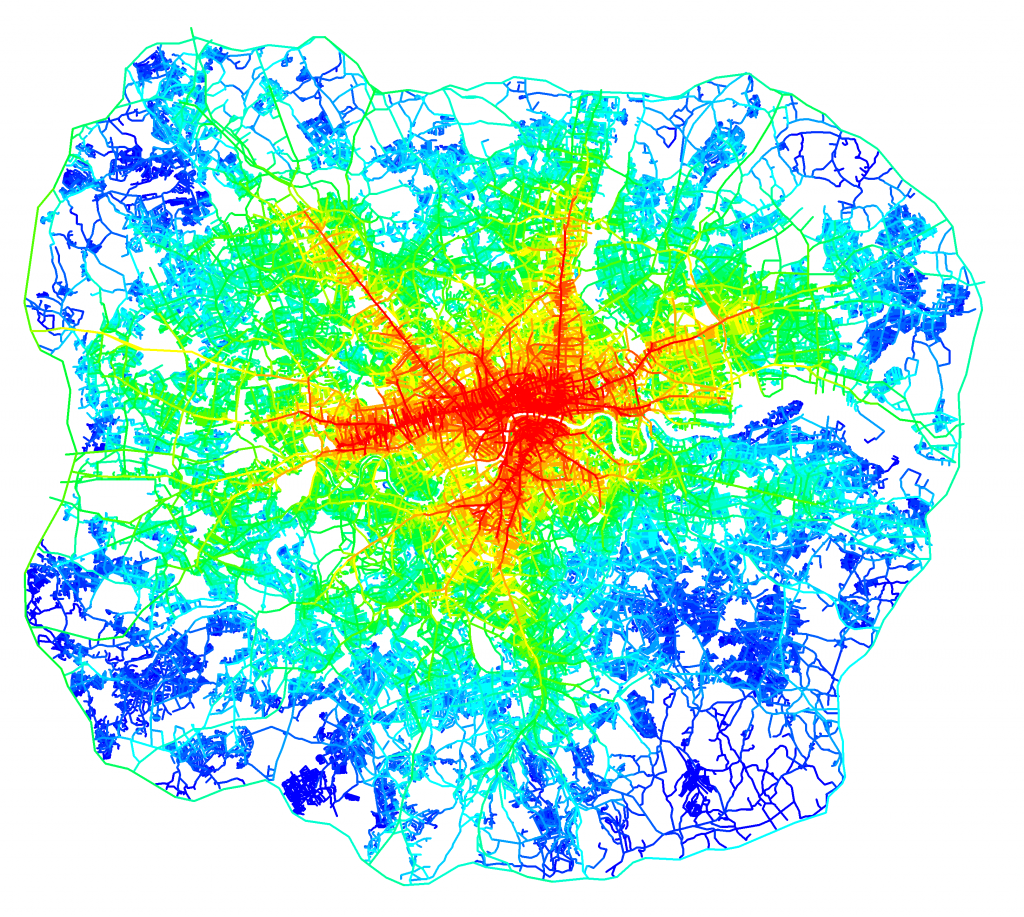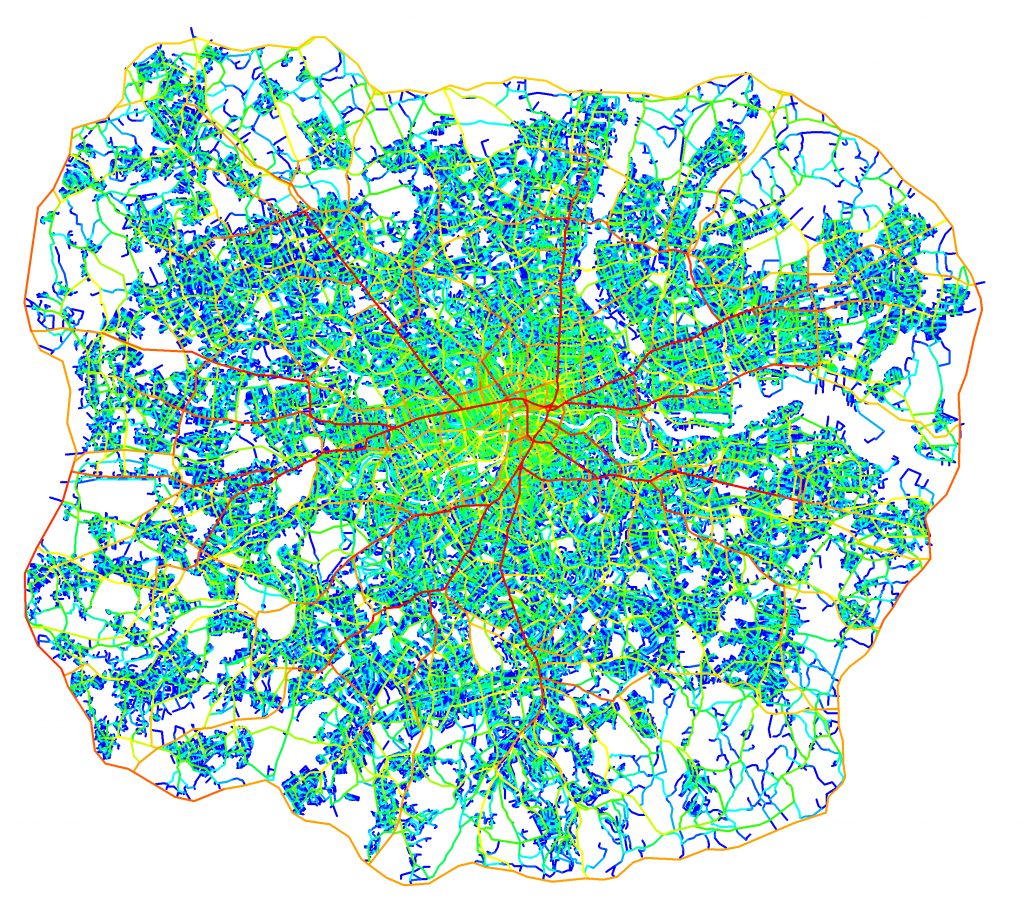Space syntax is a set of techniques for analysing spatial layouts and human activity patterns in buildings and urban areas. It is also a set of theories linking space and society. Space syntax addresses where people are, how they move, how they adapt, how they develop and how they talk about it.
Space syntax is founded on two fundamental propositions:
- space is not a background to human activity, but is intrinsic to it.
- space is first and foremost configurational. In other words, what happens in any individual space – a room, corridor, street or public space – is fundamentally influenced by the relationships between that space and the network of spaces to which it is connected.
Four components of space syntax
Space syntax comprises four fundamental components, which are used in all space syntax applications. The structure of the Online Training Platform follows the logic of these four components:
1. Representations of space
Spatial elements are represented through their geometric forms and how people experience them. They can be geometrically derived (for example, point, axial line, segment, convex space and isovist) or functionally defined (for example, rooms in building).
2. Analysis of spatial relations
Relationships between spatial elements result from their configuration. These relationships can be objectively analysed using various measures, included among which are integration(see figure A) and choice (see figure B ). These two measures reflect the two fundamental elements in human movement: firstly, the selection of a destination, and secondly, the selection of a route. One measures the ease of access (integration) and the other measures the passing flow (choice).
3. Interpretive models
Spatial models are developed to analyse, describe, explain and forecast different kinds of spatial and socio-economic phenomena. Practically,models are created to investigate empirical phenomena such as urban movement, urban crime, and centrality as a process as well as for general processes such as spatial intelligibility.
4. Theories
Theories of the relations between spatial and social patterns are established to explore whether and how space isinternalised into socio-economic processes through which the built environment is created. This has been done in two ways. Firstly, theories can be used to look for commonalities in the pattern of models across functions and cultures. One example is the theory of the generic city. Secondly, theories can use space syntax tools to explore what happens to spatial patterns if objects in space are deployed and shaped in different ways.







